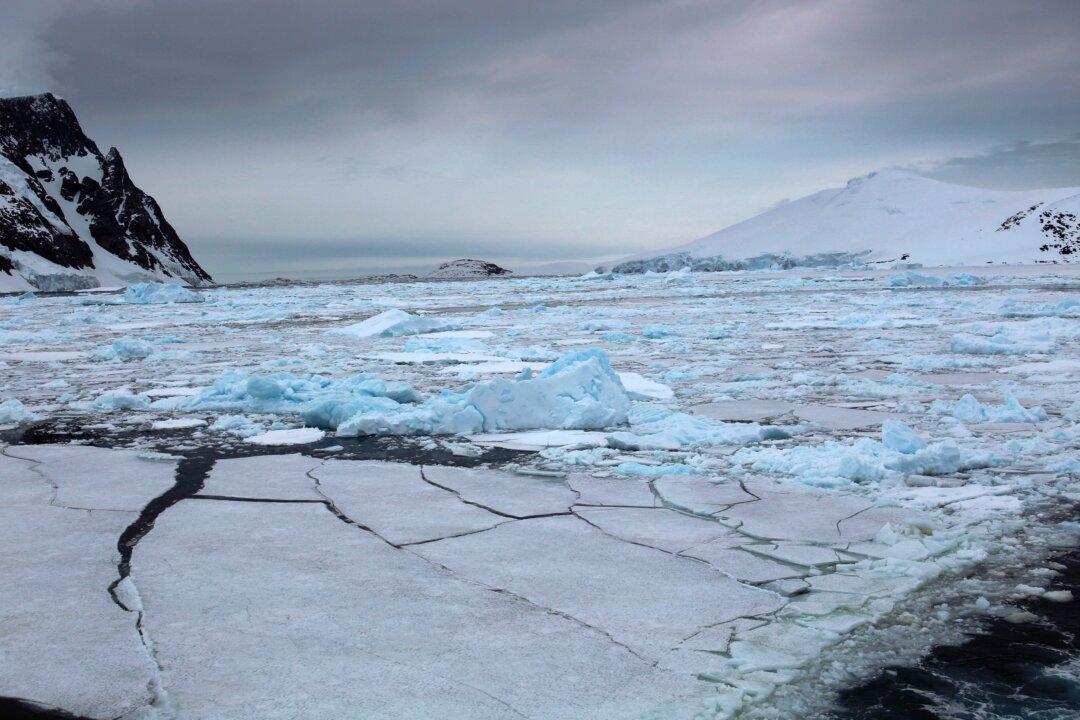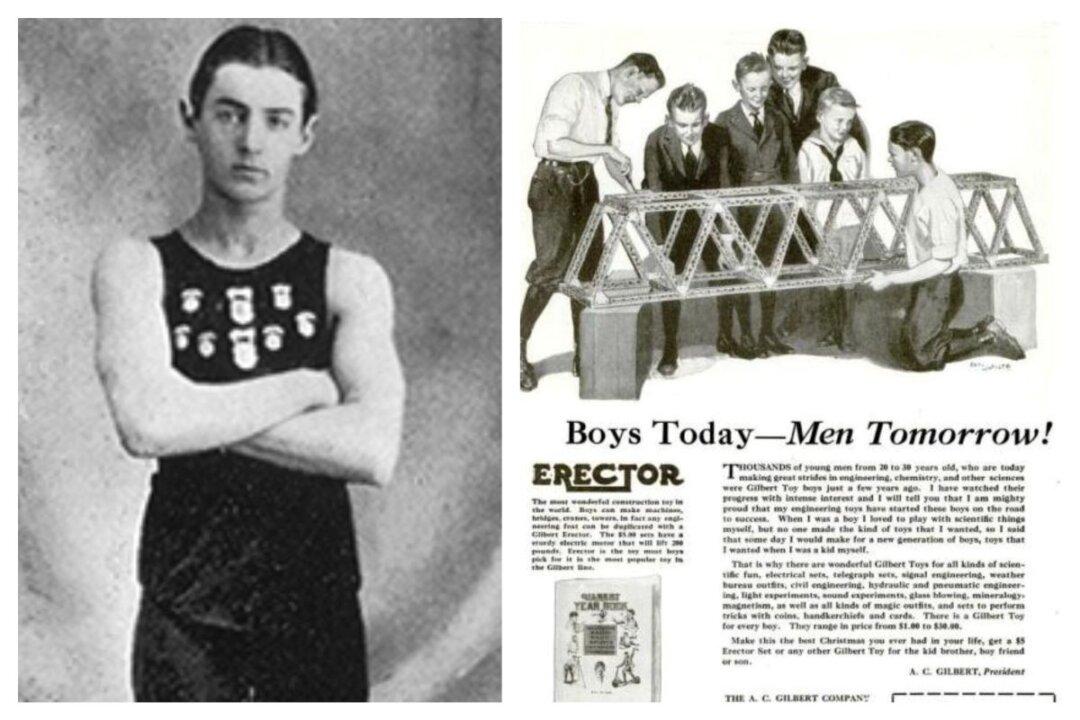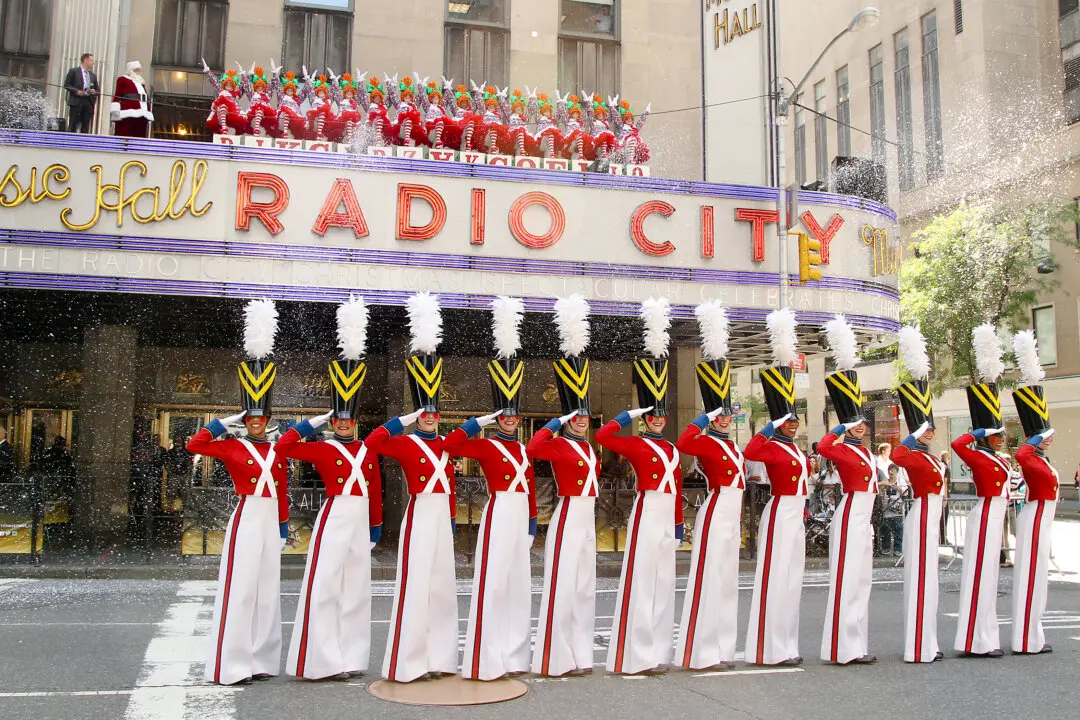Louise Arner Boyd (1887–1972) grew up a tomboy. She trailed her older brothers in everything they did. She was also born into a wealthy California family, where her father had made his fortune during the Gold Rush. Despite her tomboyish ways, she was provided a proper education, though she did not attend college, and she was taught to be a socialite. When her brothers died of rheumatic fever at the ages of 16 and 17, she was left as the only child and the eventual sole heir to the family’s wealth. When her mother and father died in 1919 and 1920, respectively, she was left alone, yet singularly wealthy.
Despite her socialite status, she was less inclined to spend her wealth on frivolous parties and instead spent her time and money on travel and adventure. Though even during her years of adventure, she ensured she was always well-dressed and manicured.






